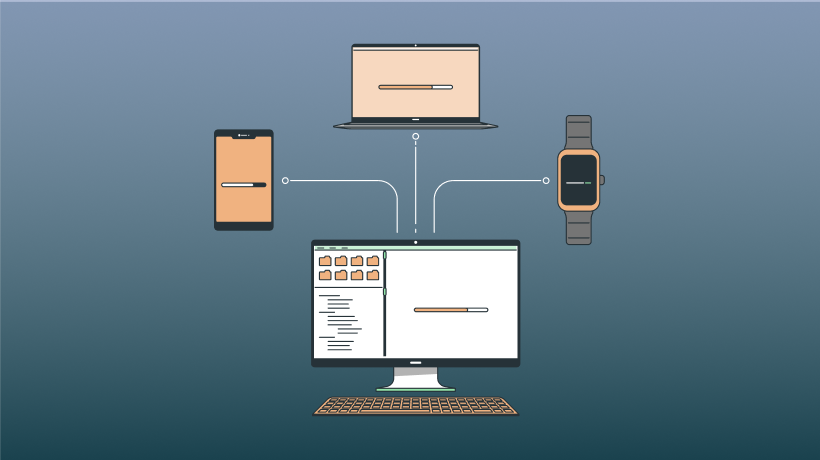

First, we need to understand the difference between the two.
Understanding the 7 R's:
In today’s competitive landscape, efficient procurement is crucial for businesses of all sizes.
The “7 R’s of Procurement” framework provides a powerful roadmap for optimizing your acquisition process, ensuring you get the right goods and services at the right time and the right price.
- Right Quality: This goes beyond simply receiving the correct item. It emphasizes acquiring goods or services that meet your specific quality standards and specifications. Implement clear quality control measures, conduct thorough inspections, and establish performance benchmarks to ensure quality is consistently met.
- Right Quantity: Overstocking can tie up valuable resources and understocking can lead to disruptions and delays. Implement effective forecasting methods and inventory management systems to ensure you have the exact amount of goods or services needed at any given time.
- Right Price: Striking the right balance between cost and quality is essential. Conduct thorough market research, compare pricing from multiple vendors, and negotiate effectively to secure the best possible value for your organization.
- Right Time: Timeliness is critical. Late deliveries can disrupt entire operations, impacting customer satisfaction and increasing costs. Clearly communicate your delivery deadlines to suppliers and establish performance metrics to track and enforce on-time delivery.
- Right Source: Selecting the right supplier is crucial. Conduct due diligence, evaluate capabilities, assess financial stability, and reference checks to ensure you choose a reliable and qualified partner who can consistently meet your needs.
- Right Terms & Conditions: A clear and concise contract protects both parties. This includes establishing payment terms, delivery schedules, quality expectations, dispute resolution clauses, and termination rights.
- Right Relationships: Building strong relationships with your suppliers goes beyond transactional interactions. Foster open communication, collaborate on solutions, and address challenges together. Positive relationships can foster innovation, ensure long-term benefits, and ultimately contribute to the success of both parties.
Implementing the 7 R’s:
- Develop a comprehensive procurement policy: This provides a clear framework outlining your organization’s procurement practices, incorporating the 7 R’s principles.
- Invest in technology: Utilize technology solutions to streamline the procurement process, automate tasks, and enhance data analysis capabilities.
- Empower your procurement team: Provide ongoing training and development opportunities to ensure your team possesses the expertise and skills to navigate the complexities of modern procurement.
Conclusion:
By mastering the 7 R’s of Procurement, organizations can achieve significant advantages. From cost savings and improved operational efficiency to stronger supplier partnerships and enhanced risk management, this framework can significantly contribute to your organization’s overall success. Remember, procurement is not just about acquiring goods and services; it’s about strategically managing resources and building strong relationships to achieve long-term value and competitive advantage.
Other Blog Articles
The Accurate Calculation of Employee and Consultant Costs Opens New Doors for Your Business
Cleansing Master Data for better purchasing and supply chain decisions
Know the blind spots when implementing Digital Procurement
Increase Adoption of Procurement and Payment Technology
Outsourcing of Sourcing and Procurement Processes
Top ten contract pitfalls to avoid
Role of a Category Management function of the future
Mastering Procurement: The 7 R’s to Success
Navigating the Waters: A Guide to Incoterms in Procurement & Supply Chain
Other Customer Success Stories
We helped our client reduce their past due payments from >40% to less than 5%
We have helped the Client automate vendor payments from less than 10% via ACH to >95%
We automated expediting and supplier follow-ups
We reduced maverick spending by 75% and increased savings by 10%
We renegotiated agency rates and reduced the rate card by 20%

Interested?
If interested in further exploring this
issue, please get in touch with
to schedule a call or ask questions.
Interested?
If interested in further exploring this
issue, please get in touch with
to schedule a call or ask questions.
Related and Recent Blogs
Blog
A Guide to Incoterms in Procurement & Supply Chain
Blog
Top ten reasons contractual arrangements with suppliers fail to obtain the value envisioned by the contract writers.
Blog
As indicated in the earlier blogs, approximately 70% of digital technology initiatives fail to deliver the value envisioned worldwide when the contract is signed…
Blog
In a 2021 survey, 55% of European companies said the COVID-19 pandemic had increased the demand for digitalization…
Blog
Organizational objectives related to spend analytics typically aim to better inventory planning and reduce inventory by cleansing the item master data…
Blog
As indicated in the earlier blogs, approximately 70% of digital technology initiatives fail to deliver the value envisioned worldwide when the contract is signed…
blog
blog
blog
blog
blog
blog







